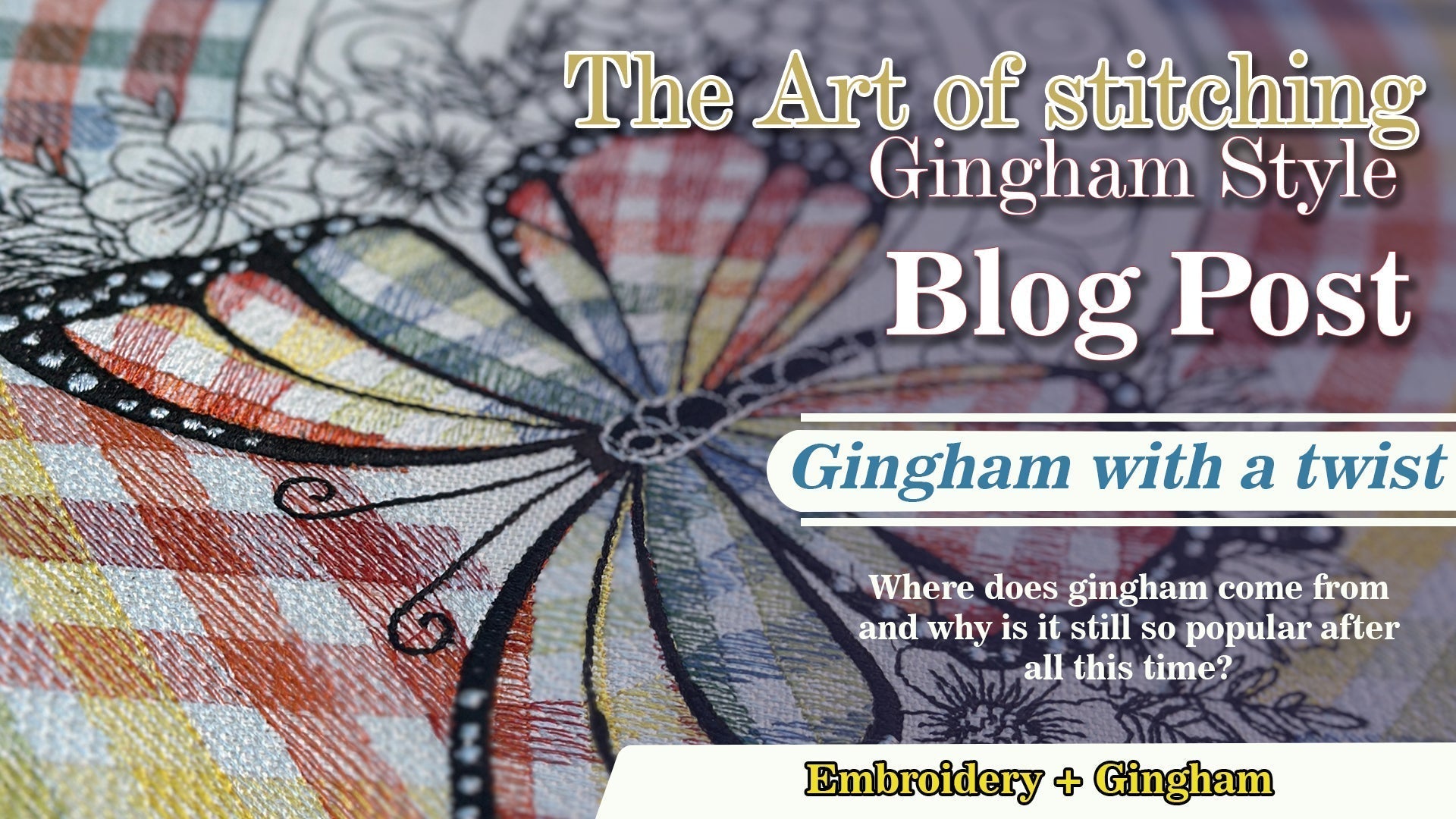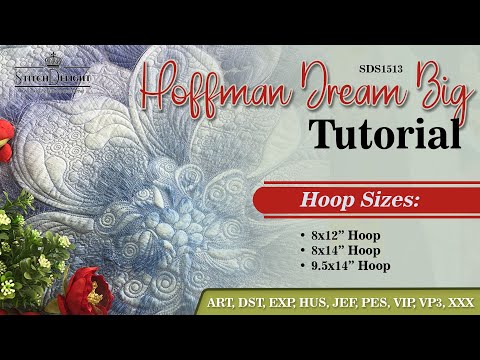A Classic Pattern with a Modern Embroidery Twist
There’s something undeniably nostalgic and cheerful about gingham. Whether it’s a picnic blanket, a vintage apron, or a cozy quilt, this timeless checkered pattern has a way of making everything feel a little more homey. Recently, we’ve been having a lot of fun bringing gingham into our embroidery world—not with printed fabric, but with stitches! In this post, we’ll explore where gingham comes from and how we’ve recreated its charm with thread and technique.
A Brief History of Gingham
Gingham has been around for centuries, but its story isn’t quite as simple as its pattern. Originally imported into Europe in the 17th century, the term “gingham” is believed to come from the Malay word genggang, meaning “striped.” Early gingham was actually striped—not checked—and it wasn’t until later that the woven check pattern we recognize today became popular.
By the mid-18th century, gingham was being woven in mills across Europe and the U.S., typically in a balanced check of white and another color. Its affordability and durability made it a staple for workwear, school uniforms, and household items. Over time, gingham gained style status, showing up on runways, in movies (hello, Dorothy’s blue dress in The Wizard of Oz), and in countless vintage sewing patterns.
Why Gingham Still Works
Part of gingham’s enduring appeal is its simplicity. The evenly spaced checks lend themselves beautifully to both traditional and contemporary aesthetics. Whether you prefer a classic red-and-white combo or something in soft pastels or bold jewel tones, gingham has a way of fitting right in.
And that’s exactly what drew us to it.
Stitching Gingham – Our Approach
We wanted to bring the look and feel of gingham into our embroidery designs—but rather than relying on fabric, we challenged ourselves to create it with stitches. That meant rethinking how we use layering, color changes, and stitch direction to mimic the woven effect.
In some of our latest design sets, you’ll see areas where stitches overlap in a way that suggests the depth and softness of real gingham. We’ve also played with color gradients and densities to give that classic checkered pattern a new embroidered life. It's gingham—but through the lens of needle and thread.
Projects we used Gingham on,
From our latest collectors font to stunning and wavy gingham runners and even coasters and bows, we love the look and feel this style gives, another advantage of this style is the ability to totally transform the look of the design by changing the colours. From pastels to vibrant and exciting colours.
The beauty of embroidered gingham is that you’re not limited to the colors or scales of store-bought fabric—you get to make it exactly how you want it.
P.S Try stitching with variegated thread ;)
Final Thoughts
It’s always fun to find new ways to play with old favorites. Gingham may be centuries old, but it’s still full of potential—especially when we stitch it ourselves. We hope our latest sets inspire you to add this timeless pattern to your next project, stitch by stitch.










1 commentaire
Joan Doucette
Good morning! I enjoyed reading your post.